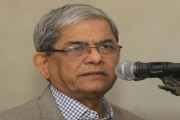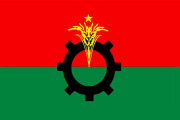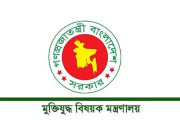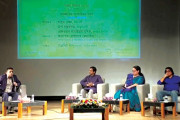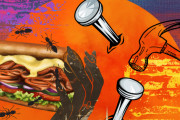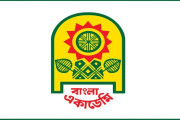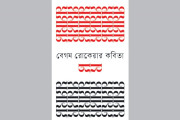।। Shah Sabbir Alom ।।
In the last three decades, the United Liberation Front of Asom (ULFA) has followed a trajectory that deviated itself from its stated goal of liberating Assam from the “colonial rule of India”, and gradually alienated itself from its spinal intentions. Formed in 1979, ULFA gathered its cadres from all sections of the population and became a symbol of freedom for many at that period of time.
However, the extortions, killings, bombings, targeting of civilians and migrant workers and causing endless civilian casualties had led to a diminishing of the respect and support they had once from the common mass. No doubt ULFA became the most dominant insurgent group in the Northeast. They garnered strong support from the people of Assam for its agenda of “Swadhin Asom” and “eliminating the influx of illegal immigrants” coming to Assam through the porous borders.
The outfit had its standing base in the Brahmaputra valley where its recruitments and training camps were established. It also held sanctuary in Nagaland, Arunachal Pradesh, Bhutan, Bangladesh and Myanmar as its bases for amplifying its mission.
Post Kargil war, intelligence reports filtered into Delhi, pointed out that during the visit of Pakistani President, Pervez Musharraf to Bangladesh, senior ISI officers held a secret meeting with ULFA leaders in Bangladesh with the purpose of reviving the insurgent outfit. It was believed that the Pakistani delegation’s interest in ULFA was gauged by the fact that Major General Nadeem Taj and General Musharraf’s Military Secretary were briefed daily on the progress of negotiations with the leaders of the ULFA.
This was also the reason that Bangladesh suddenly emerged as important to Pakistan. Nepal on the other hand went through the Maoist struggle and Islamabad pushed Al-Qaida operatives into Bangladesh and started to settle with the local population.
During the height of the militancy in Assam, ISI allegedly offered all support to the ULFA, including arms, ammunition and arranging training and indoctrination to select cadres in Pakistan and Afghanistan. Sources reported that ISI came forward to help ULFA after the Bhutanese Army launched operations in its jungles against the outfit following pressure from the Indian forces.
Ironically, ULFA had to depend on the same people (the foreigners) against whom the organization actually formed to fight against. Following Bhutan’s operations to flush out the insurgents, ULFA shifted its bases to Bangladesh.
ULFA-I is the face of the new outfit after a faction led by former ULFA chairman Arabinda Rajkhowa joined the peace process in 2011. The ULFA’s military chief Paresh Baruah renamed his faction as ULFA (Independent) and has rebuffed all offers of talks till date.
Undoubtedly, today ULFA-I is an internationally-linked militant outfit having connections with those running covert operations against India.
Now it may be true to argue as to why the Paresh Barua-led ULFA-I is against the peace talks. Will Barua land in trouble if he joins the peace process as this will upset the anti-Indian forces, that have backed him now.
The idea behind this blog is an attempt to uncover some facts about the true face and nature of ULFA-I’s operation in current times. ULFA or ULFA-I had lost its ground among the Assamese masses a long time ago due to the killing of countless innocent people and the destruction of public properties. They can no longer propagate their projected false ideologies anymore.
The views expressed in this article are the author’s own and do not reflect the view of the Great Bengal Today.






















